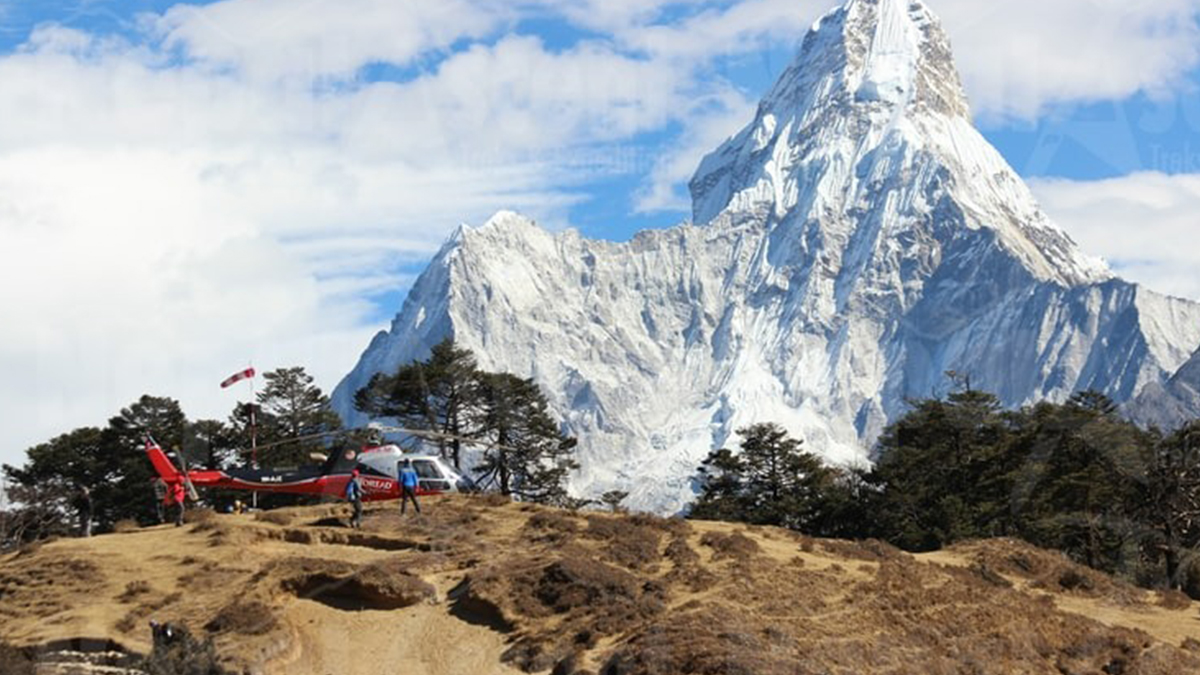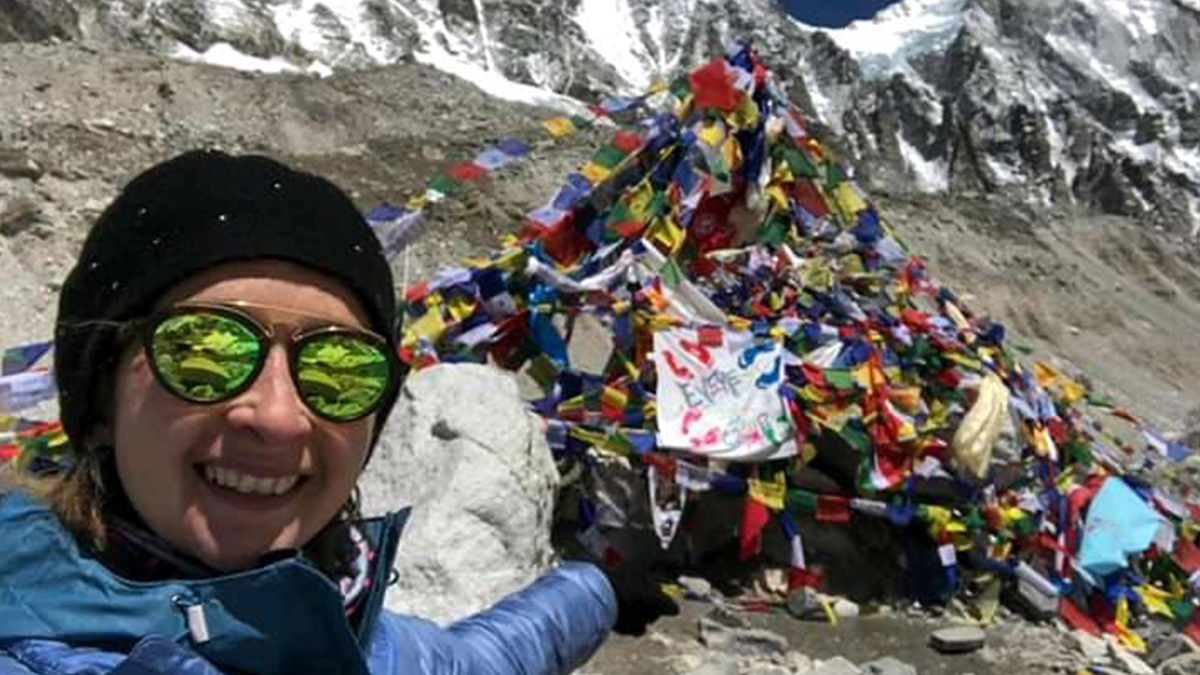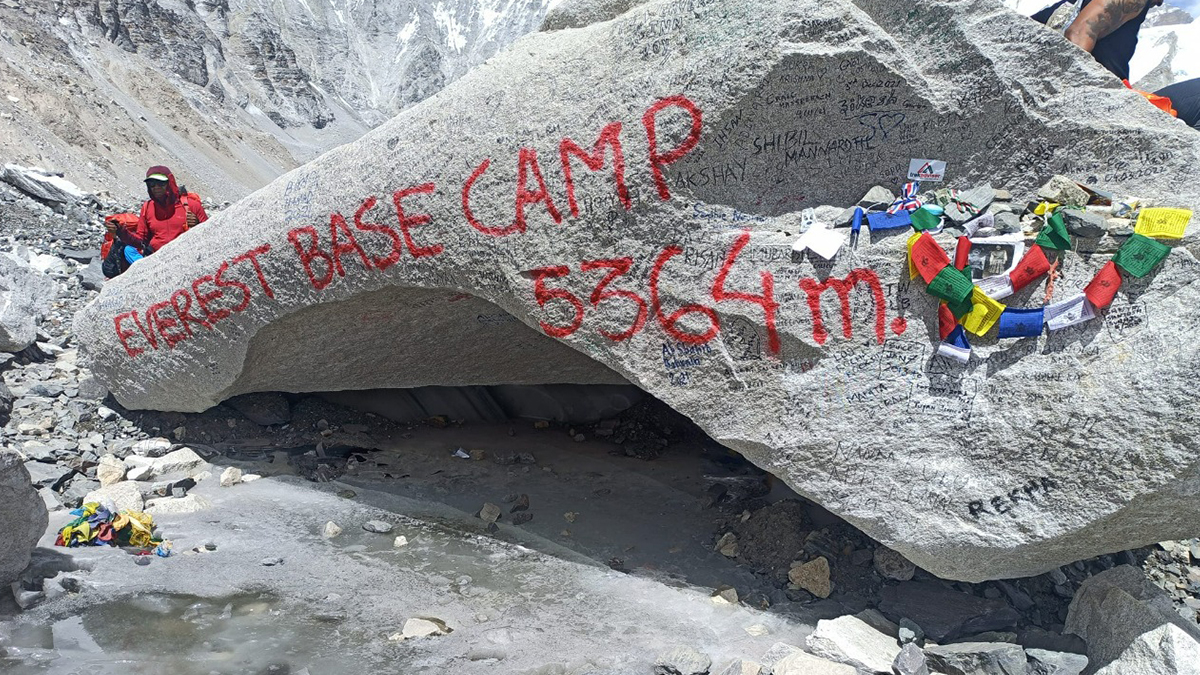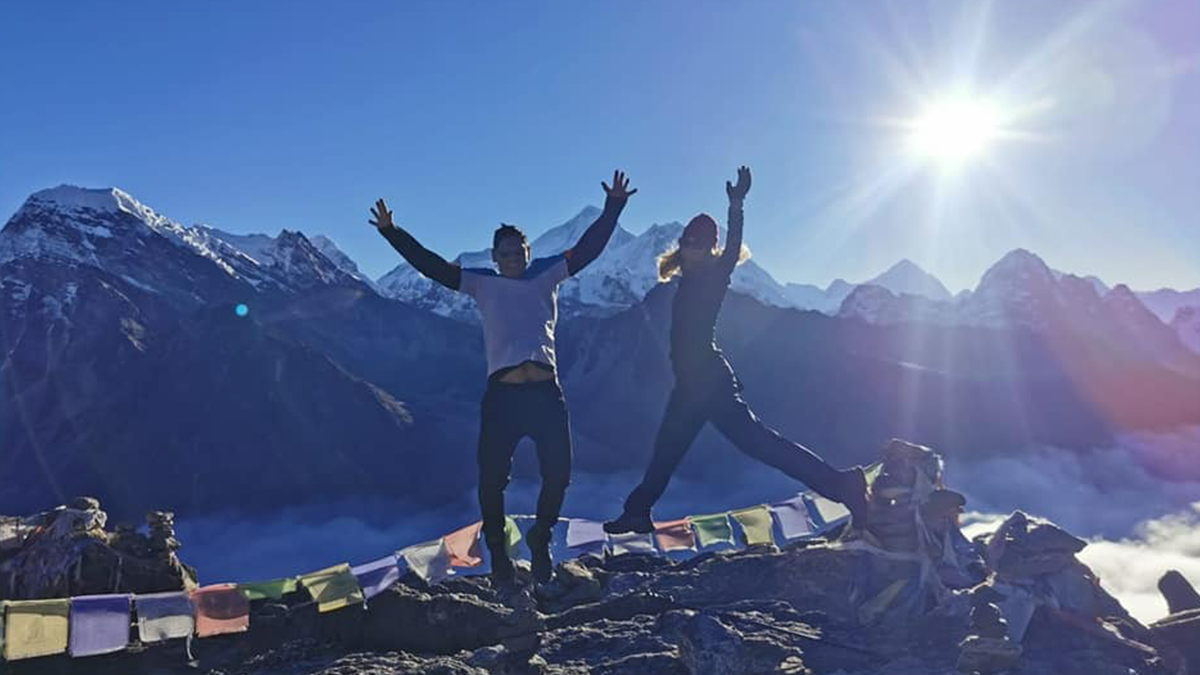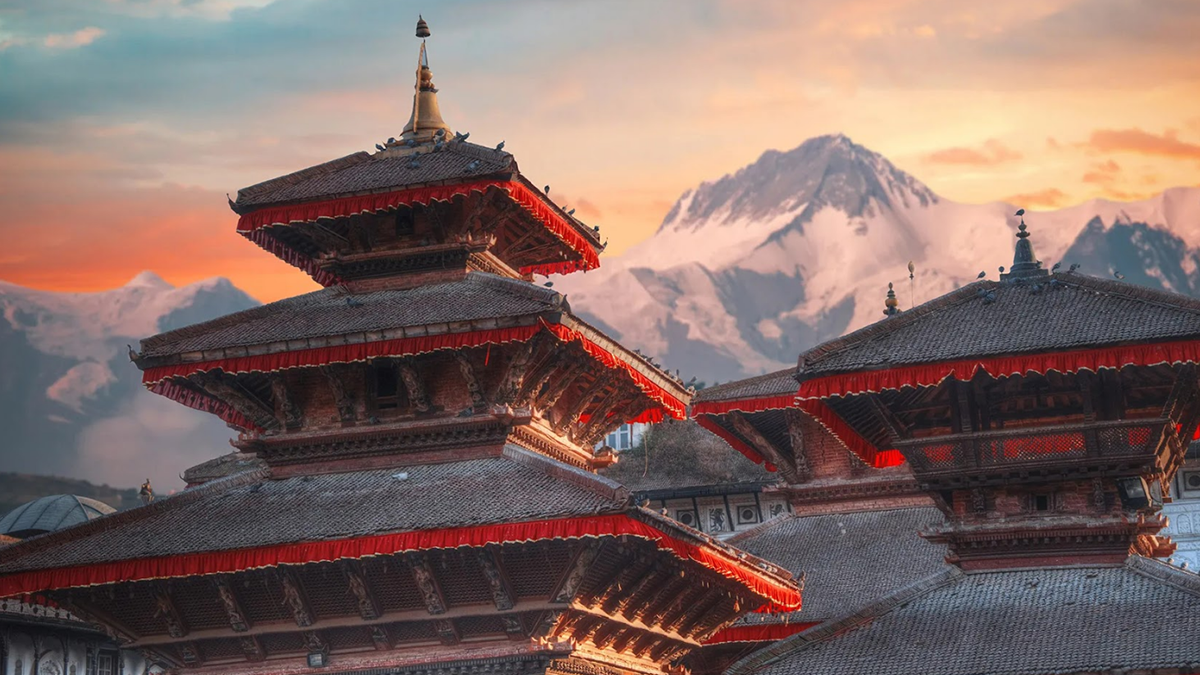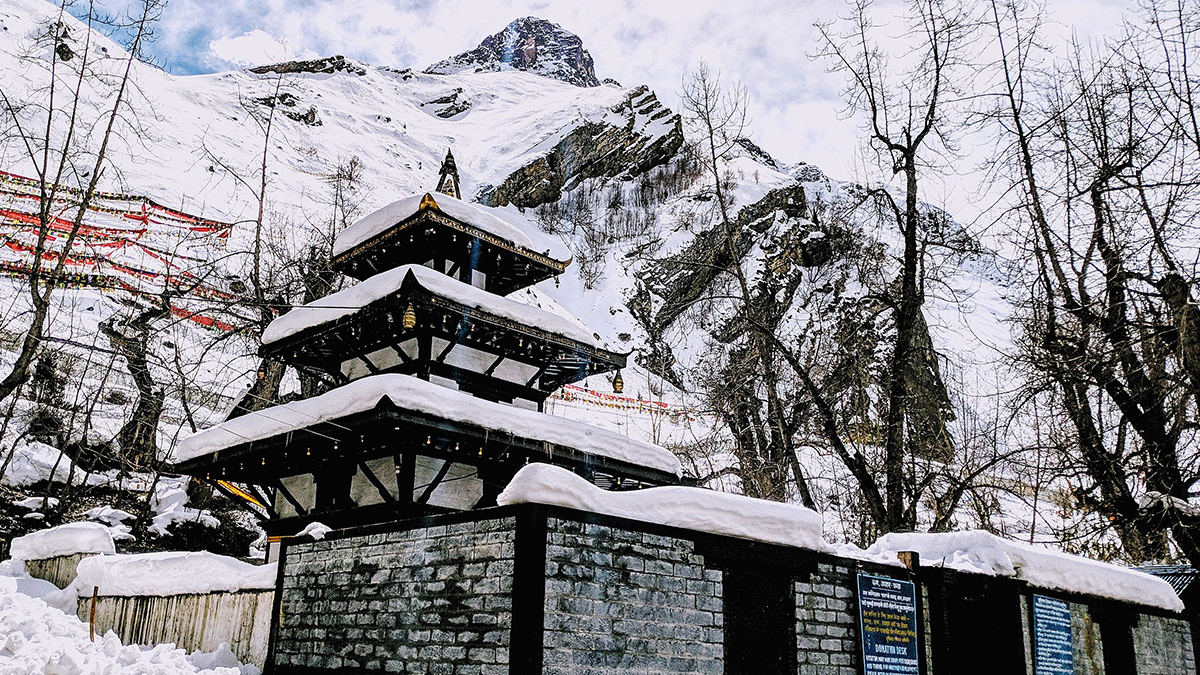Mount Everest Base Camp Trekking
 Best price guaranteed
Best price guaranteed No booking fees
No booking fees E-ticket/Mobile voucher
E-ticket/Mobile voucher
Based On Reviews
Duration
15 Days
Age Requirement
15+
Guiding Method
Live Guide/Instructor
Tour Type
single
Max Group Size
16
Starts
Kathmandu
Ends
Kathmandu
HIGHLIGHTS
Write A Review
ITINERARY
WHAT'S INCLUDED
- Daily Breakfast
- English Speaking Guides
OPTIONAL ADDONS
(Available during check-out)
- NA
WHAT'S EXCLUDED
- GST & TCS As Applicable
- Airfare
- Visa Charges
AVAILABILITY
WHY BOOK WITH US
- Best price guaranteed.
- 100% financial protection.
- Our travel experts are ready to help you 24/7.
- No credit card or booking fees.
GOOD TO KNOW
A COUPLE OF RULES
Illegal drugs will not be tolerated on any trips. Possessing or using drugs not only contravenes the laws of the land but also puts the rest of the group at risk.
Smoking marijuana and opium is a part of local culture in some parts of the world but is not acceptable for our travellers.
Our philosophy of travel is one of respect towards everyone we encounter and in particular the local people who make the world the special place it is.
The exploitation of people in the sex trade is completely contrary to this philosophy.
TRAVEL INSURANCE
We advise to take out Travel Insurance to cover for any unforeseen circumstances. Hummingbird recommends World Nomads' travel insurance.
SAFETY AND SECURITY
Many national governments provide a regularly updated advice service on safety issues involved with international travel.
We recommend that you check your government's advice for their latest travel information before departure.
We strongly recommend the use of a neck wallet or money belt while travelling, for the safe keeping of your passport,
air tickets, travellers' cheques, cash and other valuable items.
Leave your valuable jewelery at home - you won't need it while travelling.
Many of the hotels we use have safety deposit boxes, which is the most secure way of storing your valuables.
We make every reasonable effort to ensure the fun and adventurous element of any water based activities (in countries with varying degrees of operating standards), have a balanced approach to safety.
HEALTH
Please note: We do not have a constant power source onboard, and cannot facilitate the use of Sleep Apnea/CPAP machines. Bringing a suitable battery pack is required.
Please refer to the Physical and Culture Shock ratings for trip specific information.
TIPPING
It is customary in Asia to tip service providers such as waiters, at approximately 10%, depending on the service. Tipping is expected - though not compulsory - and shows an expression of satisfaction with the people who have assisted you on your tour. Although it may not be customary to you, it is of considerable significance to the people who will take care of you during your travels.
SPENDING MONEY
Every traveller is different and therefore spending money requirements will vary. Some travellers may drink more than others while other travellers like to purchase more souvenirs than most. Please consider your own spending habits when it comes to allowing for drinks, shopping and tipping. Please also remember the following specific recommendations when planning your trip.
WHAT TO TAKE
We recommend the use of a duffel bag or backpack. A daypack is also useful. Luggage storage space is limited to under bed drawers, no hard suitcases are permitted.

